How Many Kittens Can a Cat Nurse? Let's Do Some Numbers
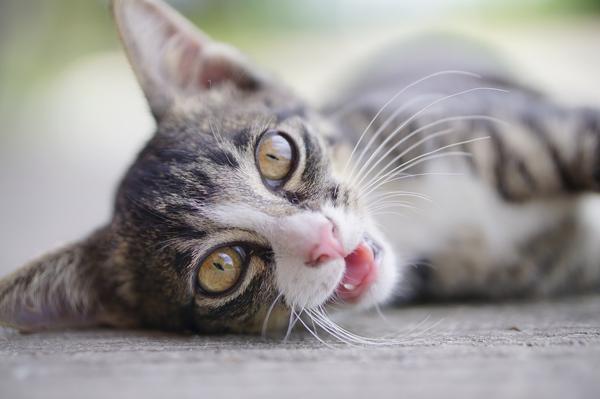
Ever wondered just how many kittens a cat can nurse?
Are you itching to know the answer, desperate to satisfy your craving for feline facts?
Well, you've found the purrfect place to uncover the truth. 😺
I feel ya, we've all had those sleepless nights pondering the mysteries of the feline world.
You're not alone in your quest for knowledge.
So, sit back, relax, and let me take you on a journey that will leave you feeling satisfied, informed, and ready to become the ultimate cat whisperer.
Ready?
Let's embark on this thrilling adventure together.
Maximum Number of Kittens a Cat Can Nurse
The maximum number of kittens a cat can nurse depends on factors like age, health, and breed. While first-time mothers usually have smaller litters of 2-3 kittens, experienced cats can handle larger litters of 4-8 kittens. Breeding season between April and October may result in more kittens.
The maximum number of kittens a cat can nurse varies depending on several factors.
Now, please bear in mind that cats differ from one another, so there's no one-size-fits-all answer here.
Factors like the cat's age, health, and breed come into play.
Older cats or those with underlying health issues may not have as much capacity to nurse larger litters.
So, it's good to be mindful of that.
When talking about an average queen, though, first-time mothers usually have smaller litters of around two or three kittens.
On the other hand, experienced cat parents can handle larger litters, ranging from four to eight kittens.
Now, here's something interesting:
On average, a single litter consists of about four to eight kittens.
Quite a range, right?
But remember, this can vary depending on factors such as the cat's pedigree.
It's also worth noting that some cat breeds tend to have larger or smaller litters due to their genetic makeup.
This is key to bear in mind.
However, determining the exact number of kittens a cat will give birth to isn't set in stone until she’s almost ready for labor.
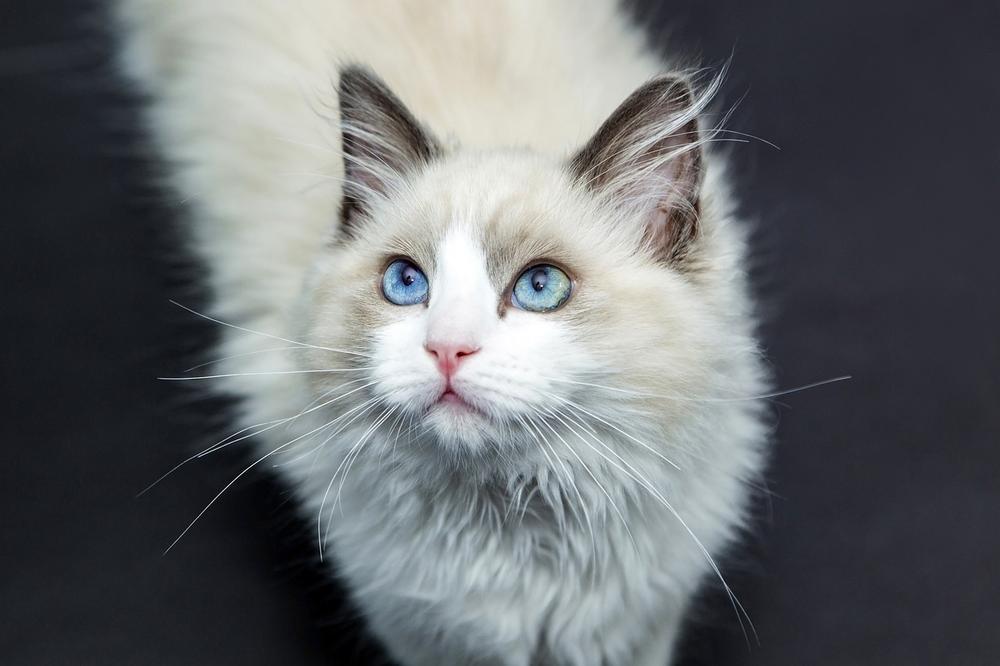
There could be surprises!
Here's an interesting tidbit:
In a year, a queen can potentially have up to three litters.
And each litter can have a maximum of 12 kittens. That's a lot of kittens!
Now, let's talk about timing.
Breeding season typically occurs between April and October, which means more kittens during these months.
Just something to think about.
So, in summary, there isn't a specific answer to the maximum number of kittens a cat can nurse.
It varies based on many factors - age, health, breed, and even breeding seasons. It truly depends on the individual cat.
And hey, if you ever wondered if cats can see colors, the answer is yes!
They may not see the entire spectrum like we do, but they can perceive certain colors within their visual range. Fascinating, isn't it?
Oh, and let's not forget about those marvelous whiskers. They play a crucial role in helping cats navigate their surroundings, find prey, and squeeze into tight spaces. Whisker fatigue is something to be aware of too!
And that's all you need to know about the maximum number of kittens a cat can nurse.
Keep these factors in mind when wondering how many little ones your furry friend might have.
Main points I'll expand upon further down this article:
- Feeding schedules for kittens vary based on their age.
- Kittens start learning important skills around four weeks old.
- Weaning typically occurs between eight and ten weeks old.
- Kittens should be provided with kitten-specific food for proper nutrition.
- The mother cat's milk should generally be white.
- Monitor the health and activity of kittens when the mother is absent.
- Adequate nutrition and hydration are important for both mother and kittens.
- It is ideal for kittens to stay with their mother and siblings for optimal development.
- The mother's warmth is essential for controlling a kitten's body temperature.
- If the mother cat cannot nurse, supplemental feeding is recommended.
And here's an interesting twist...
Did you know that a nursing cat's diet needs to be adjusted to meet the increased demands of milk production?
Let's delve into the specifics of feeding and caring for a nursing mother and her kittens.
How Often Should a Cat Nurse Her Kittens?
So, here's the deal with nursing kittens:
- In the first week after birth, you gotta make sure that mama cat nurses those cuties every 12 hours, day and night. This is important because it gives the kittens colostrum and all the good nutrients they need.
- If the kittens are younger than two weeks old, you'll have to feed them more often. Like, every two to four hours. They're growing like crazy during this time, so they need the extra fuel.
- As the kittens get a bit older, between two and four weeks, you can start spacing out their feedings a little. Feed them every four to six hours. They're starting to become more independent, you know.
- By the time the kittens hit around four weeks old, they'll be doing some cool stuff on their own. Feeding themselves, hunting (kinda cute hunting), and even using a litter box. Pretty impressive, right?
- Now, when those little guys reach about eight weeks old, their milk intake starts to decrease. It's time to introduce some solid foods into their diet, slowly but surely. They've gotta learn how to eat like big kitties.
- Oh, and speaking of food, make sure you give them kitten-specific chow. They've got different needs from regular cats, so don't skip out on that.
- Keep an eye on those little ones when mama cat isn't around. You wanna make sure they're healthy and active, right?
- And remember, both mama cat and her kittens need plenty of food and water. Gotta keep 'em fueled up and hydrated.
- If the mom cat has some issues, and won't take care of her babies or doesn't produce enough milk, you might have to step in. Use special kitten milk powder for bottle-feeding. It does the trick.
- Lastly, consider getting these merino wool cat caves. They help regulate the newborn kittens' body temperature, which is super important. Oh, and make sure to have food and water ready when mama takes a break from all that hard work.
Setting those kittens up for success entails the act of allowing them to remain alongside their mother and littermates.
Mama cat's warmth and guidance go a long way in helping them grow right and learn how to socialize.
In my blog post, I've provided you with plenty of information on how to properly care for nursing kittens.
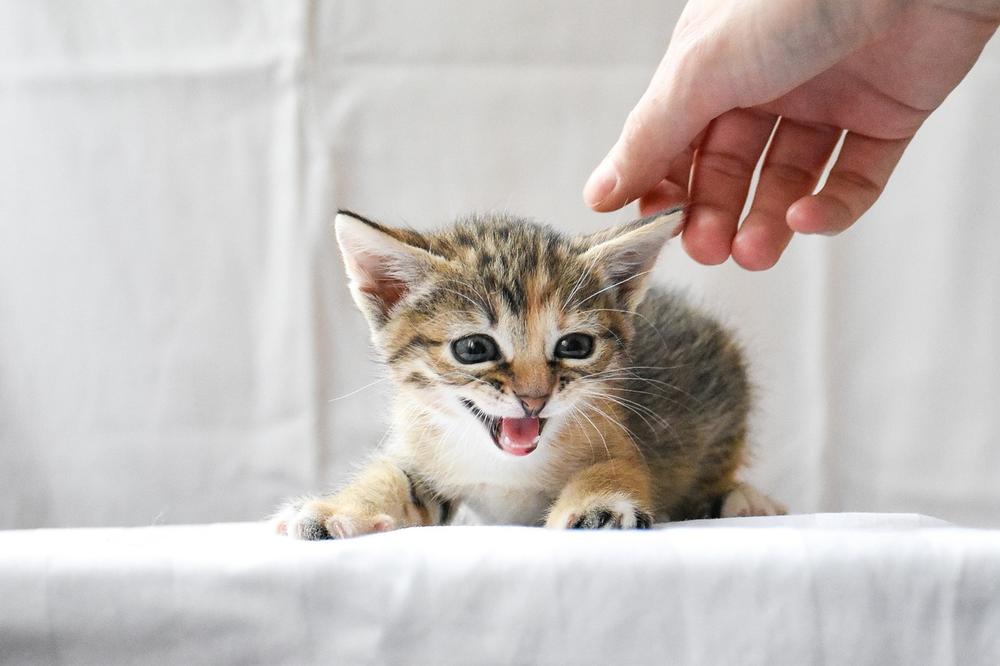
But there's one topic that I haven't covered yet, and it's about something that many cat owners may wonder about.
If you're curious to know if it's safe for cats to eat Oreos and the potential risks associated with it, I have the answers for you.
Head over to my article, Can Cats Eat Oreos, to find out more.
Your nurturing nature and genuine concern for your feline companions make exploring this topic worthwhile.
Can a Cat Feed Over 8 Kittens at Once?
Feeding over 8 kittens? Challenging, but possible!
So you have a cat, and she just had a bunch of adorable kittens.
Congratulations...
But now comes the tough part:
Feeding them all.
Can one cat really feed more than 8 kittens at once?
Well, it can be done, but let me tell you, it's not easy.
A mother cat's milk isn't infinite.
As her litter grows, it gets harder for her to provide enough milk for those hungry little mouths.
Supplemental feeding may be necessary
If your mother cat can't nurse all her kittens well, you need to take action.
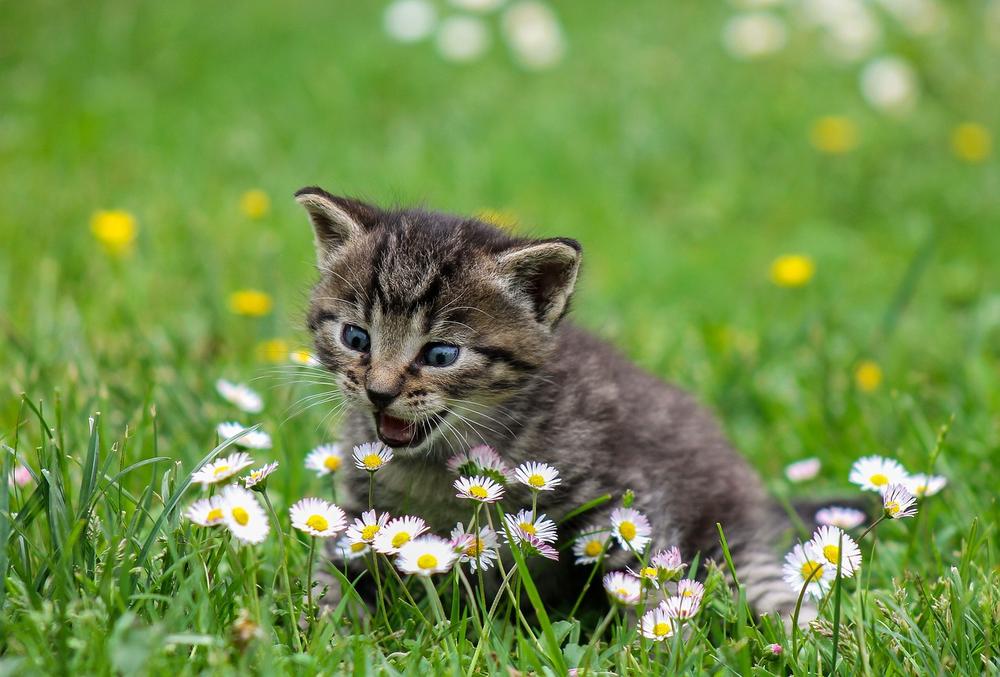
No, I don't mean you have to personally feed each kitten (though if you're up for it, go for it!).
You might need to use a commercial kitten formula to make sure they get enough nutrition that their mom might lack.
Finding a surrogate or taking matters into your own hands
But what happens when even supplemental feeding isn't enough?
In some cases, finding another nursing cat who can take care of the kittens is the best option.
This way, the kittens still receive maternal care they need.
However, if getting a surrogate isn't feasible, you might have to step in and care for the kittens yourself.
Yes, it will be a lot of work, but with proper research and guidance from a veterinarian, you can handle it. These tiny furballs depend on you for everything, so give them the love and care they deserve!
But what happens if the mother cat's milk supply starts to decrease?
Can she still nurse her kittens or are there underlying health issues?
Let's explore the fascinating process of weaning and the possible challenges it may bring.
You won't believe what can happen after 8 to 10 weeks!
The Duration Before a Mother Cat's Milk Supply Ends
When kittens start to eat solid food, their mother cat's milk will gradually decrease.
This helps them transition from relying on mom's milk alone.
Sometimes, though, a mother cat might refuse to nurse or not produce any milk at all.
This could lead to the rejection of the little ones, which is tough for everyone involved.
You must know that minor shifts in the lactation cycle are normal.
But if the mother cat stops nursing before 9 weeks or continues past 11 weeks, there might be an underlying health problem.
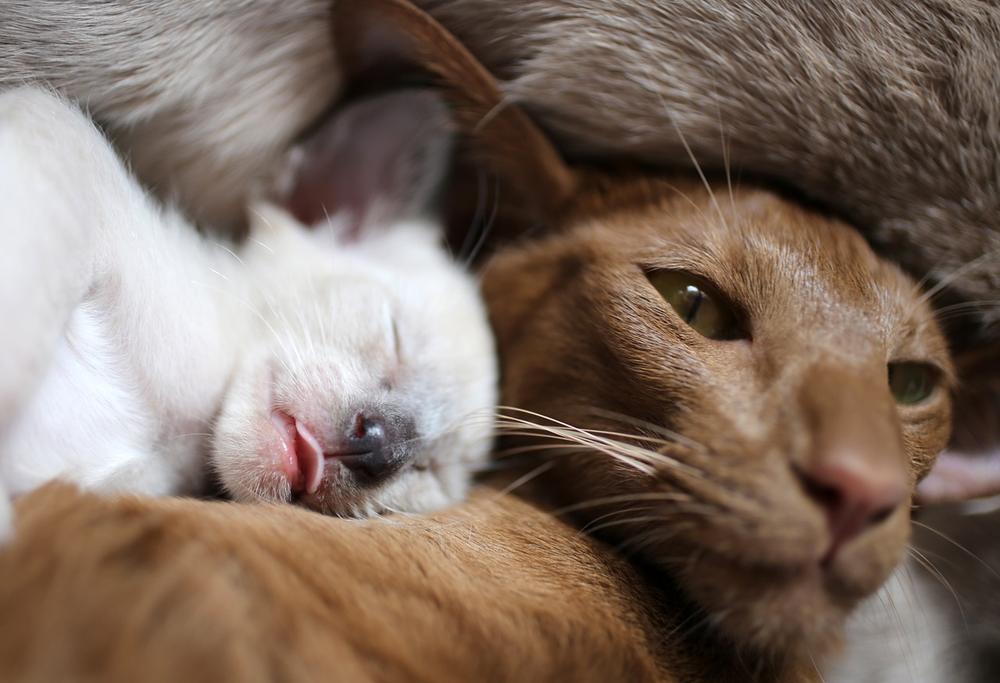
So, watch out for changes in your mama cat's behavior during this time.
If you're worried about her milk supply or the weaning process, it's best to talk to a vet.
They have the expertise to help you out.
Also, bear in mind that cats are usually pregnant for around sixty to seventy days.
So get ready for those adorable furballs to arrive soon! 😺
But did you know that nursing cats can actually become pregnant again, even if they haven't resumed their regular estrus cycle?
Let me explain how this is possible and why you ought to be aware of this fact.
How Can a Cat Become Pregnant While Nursing?
Female cats that are nursing can get pregnant even if they haven't resumed their regular estrus cycle. During the breeding season, female cats have multiple estrus cycles.
This means they can come into heat and conceive while still taking care of their current litter.
This situation is more common in warm climates where cats may experience heat cycles throughout the entire year. It leads to unexpected pregnancies.
So, if you have a nursing female cat, be aware that she has the potential to become pregnant even before her body fully recovers from the previous birth.
Frequency of Feline Pregnancy During Nursing
| How Common Is It for a Cat to Get Pregnant While Nursing? | |
|---|---|
| Factors | Breed, location, individual reproductive patterns |
| Frequency | Varies |
| Stray and unspayed cats | More likely to give birth during kitten season |
| Nursing mother's ability to conceive | Can still conceive while nursing, but the likelihood varies based on various factors |
| Hormonal changes during nursing | Nursing can suppress the estrus cycle and decrease the chances of conception |
| Recommended practices | Spay the cat to prevent unwanted pregnancies and promote her overall health and well-being |
| Importance of veterinary consultation | Seek advice from a veterinarian to understand contraception options for nursing cats |
Not all cats get pregnant while nursing, it depends on their breed, location, and reproductive patterns.
Keep an eye out if you have a highly fertile cat.
Stray and feral cats often give birth to kittens, they just can't resist adding more joy to the world!
But unspayed domestic cats may also give birth even when they already have a litter to care for.
A cat's pregnancy lasts about two months, around 63 to 65 days.
Did you know that kittens reach puberty at 5 to 9 months old?
Soon those cute furballs will be thinking about starting their own families!
The size of a litter can vary depending on how many eggs were released during mating.
Infections during pregnancy can lead to smaller litters or stillborn kittens, so keep your cat healthy throughout the process!
During pregnancy, cats sleep more and seek warm and cozy spots.
Just like you would want a comfy bed at a fancy hotel.
And remember, most cats give birth naturally without any problems.
But there can be issues during labor that require veterinary help.
It's always wise to have a vet on standby, just in case.
Better to be safe than sorry, right?
Can a Female Cat Be Spayed While Lactating?
When it comes to spaying a nursing mother cat, it's generally safe, but it's best to wait until she has finished weaning her kittens.
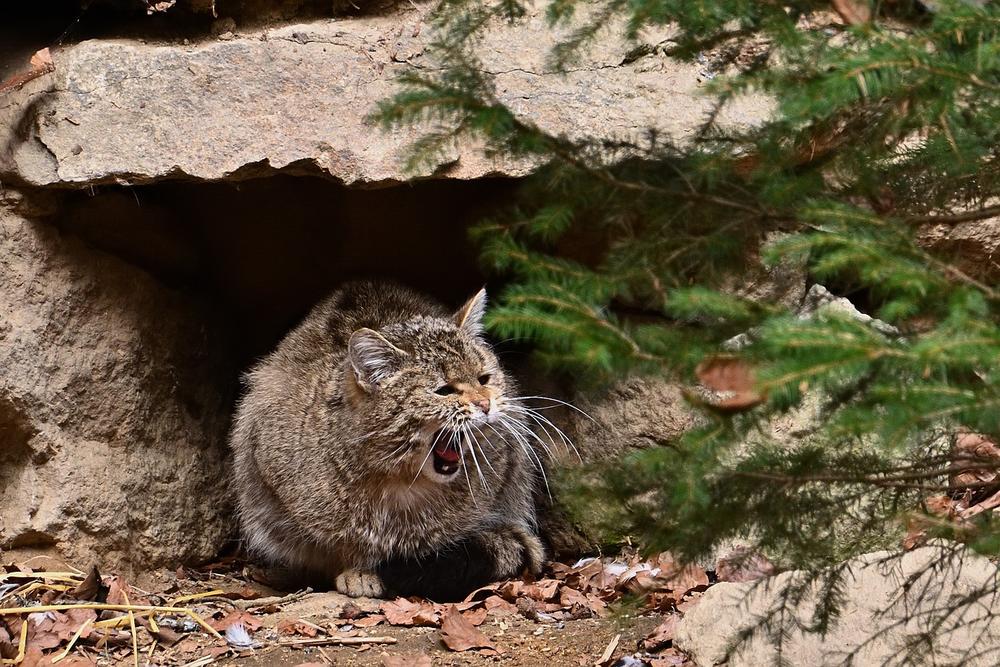
Spaying during this time can mess with milk production and disrupt the important bond between mama cat and her babies.
Here are ten things you should know:
- Make sure the kittens are fully weaned before considering spaying.
- Getting your cat spayed can prevent behavioral issues and health problems.
- Expect some changes in your cat's behavior after the procedure.
- Ultrasounds can confirm if your cat is pregnant.
- X-rays can give you an accurate count of how many kittens she's carrying.
- Cats have the ability to nurse kittens from different litters.
- A mother cat's affection extends beyond just her biological offspring.
- Female cats can have multiple litters in a year.
- It's smart to wait until after birth to spay them.
- Create a cozy and sheltered environment for pregnant cats and their newborns, such as a cat cave.
Always bear in mind that providing proper care and attention is crucial when dealing with a nursing mother cat.
And that wraps up today's article.
You made it to the end of my blog post. I'm curious, did you enjoy it? I dedicated a significant amount of time and effort into crafting comprehensive and helpful blog posts. It's something I love doing, so it doesn't feel like work to me. If you could take a moment to click on one of the social sharing icons and share this blog post with others, I would truly appreciate it. Thank you!
Talk soon,
-Sarah Davis